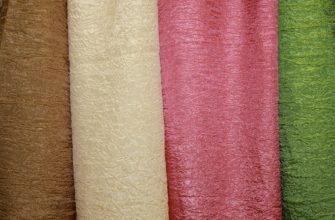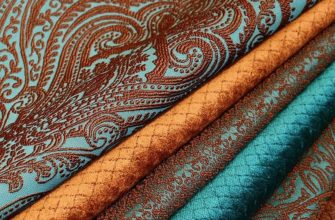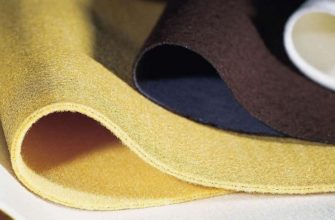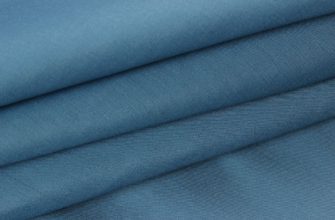Fabrics with an enviable shimmering shine have always been popular, and outfits made from such materials attract admiring glances, giving every lady gloss and chic. However, iridescent fabrics have their own varieties, characteristics and features.
What are shiny fabrics used for?
The iridescent material has been the height of the season for a decade now, and is used in a variety of ways:
- creating cute toys;
- production of linen, tulle and curtains;
- production of accessories.
And the main point of use is clothing design. Shiny bright sequins on dresses, delicate skirts made of satin textiles, practical and minimalist taffeta sweaters.
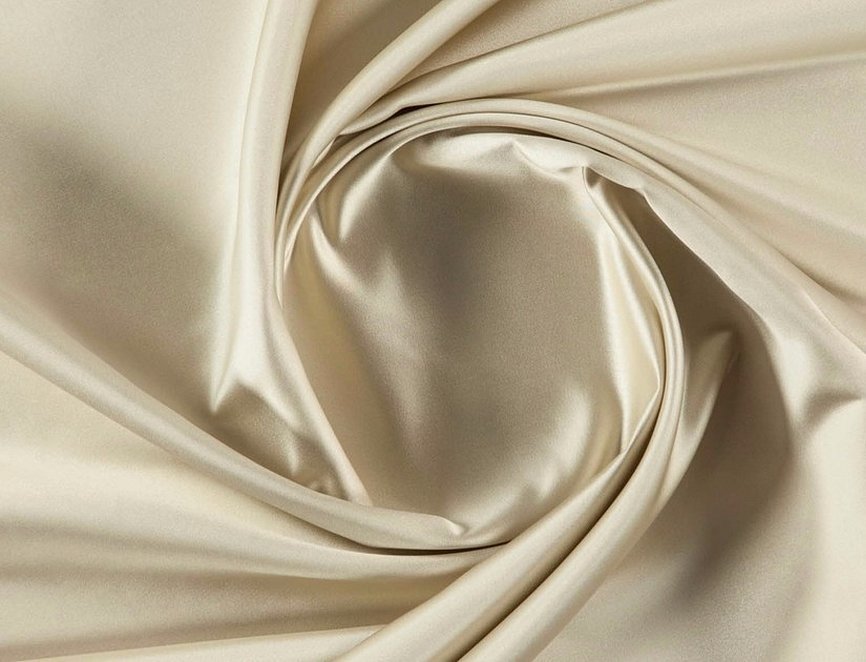
Types of shiny fabrics
The shiny fabric was especially desirable in the late 80s – early 90s of the last century. This is the era of bright clothes, colorful makeup and, of course, the multifaceted disco style. Then the passions died down a bit, and only theater actors or famous artists showed off their sequin outfits at concerts. But fashion has a way of returning and modernizing, so today bright dresses of different shades, blouses, jackets, accessories, etc. are in trend again. You can meet a lady in such an outfit not only at a party, but also in everyday life.
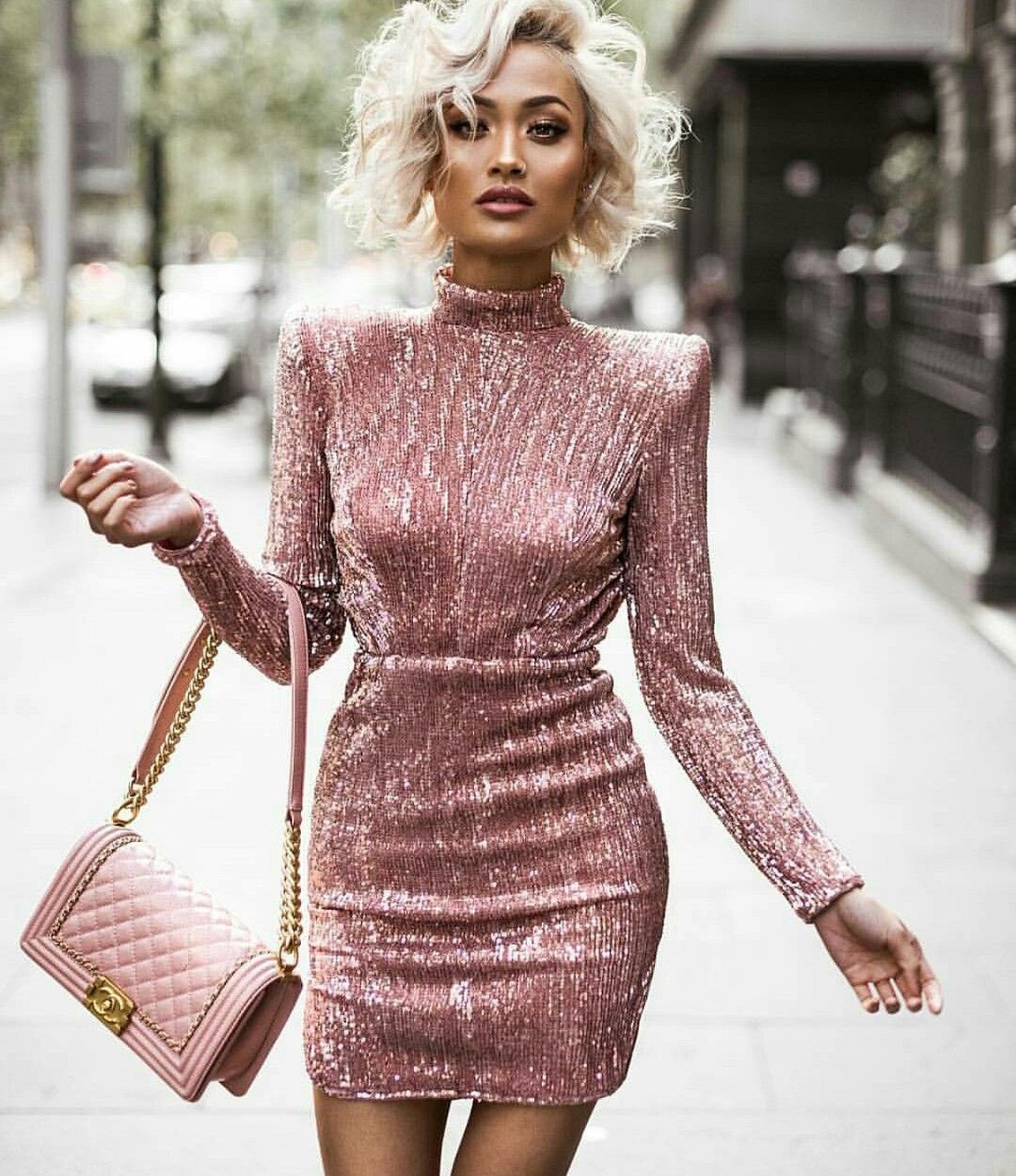
Shine is given to fabrics in different ways, the main ones being:
- a type of thread weaving that gives the material a smooth surface;
- the composition of the fibers that gives the fabrics a shimmer;
- use of sequins and special coatings;
- use of metal threads.
Iridescent fabric has its own characteristics and features. Therefore, there are basically several types of the described material.
Atlas and Satin
Atlas denotes the properties of the material, because it is not for nothing that in translation from Arabic this word means "smooth". Various outfits are sewn from the fabric: wedding and evening dresses, blouses, bed linen, sleepwear sets, tablecloths, curtains, etc.
Such a silky surface of the material is achieved by a special satin weave of threads. A distinctive feature is the prevalence of warp threads on the surface, covering the weft. Due to this structure, mixed fibers are used in the production process. The front side is completely silk, and the back side is synthetic or cotton.
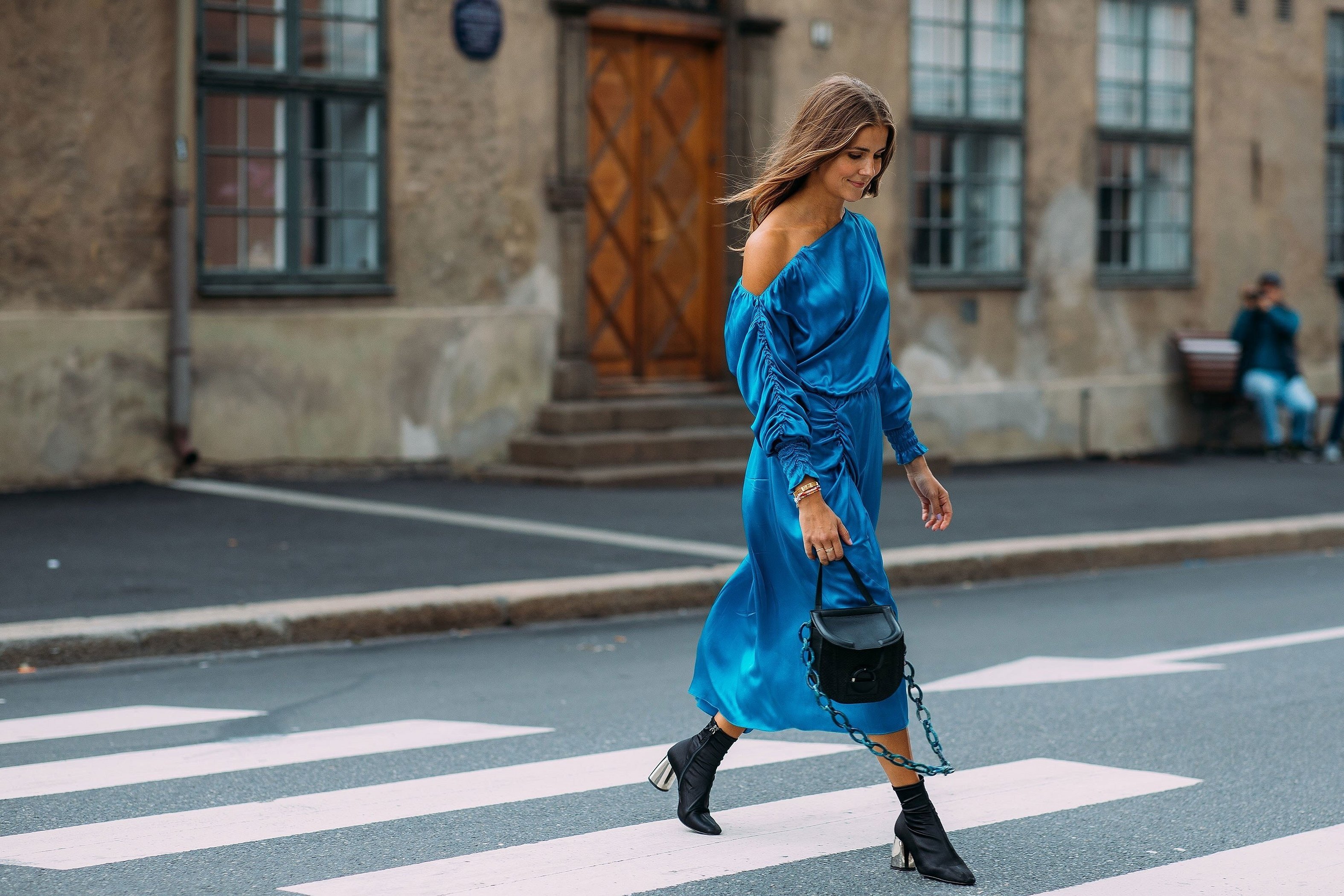
Silk fibers are not always used for the base. The fabric elasto, made using the satin weave principle, has a 100% cotton composition, but it has an interesting shimmer. It is used for sewing clothes, as well as various textile products.
Attention! In 2019, slip dresses made of satin are especially popular.
There is another equally popular weaving of threads, due to which the materials receive an amazing shine - satin. It differs radically from satin, since the front surface is made up of weft threads, and the main ones are overlapped by them.
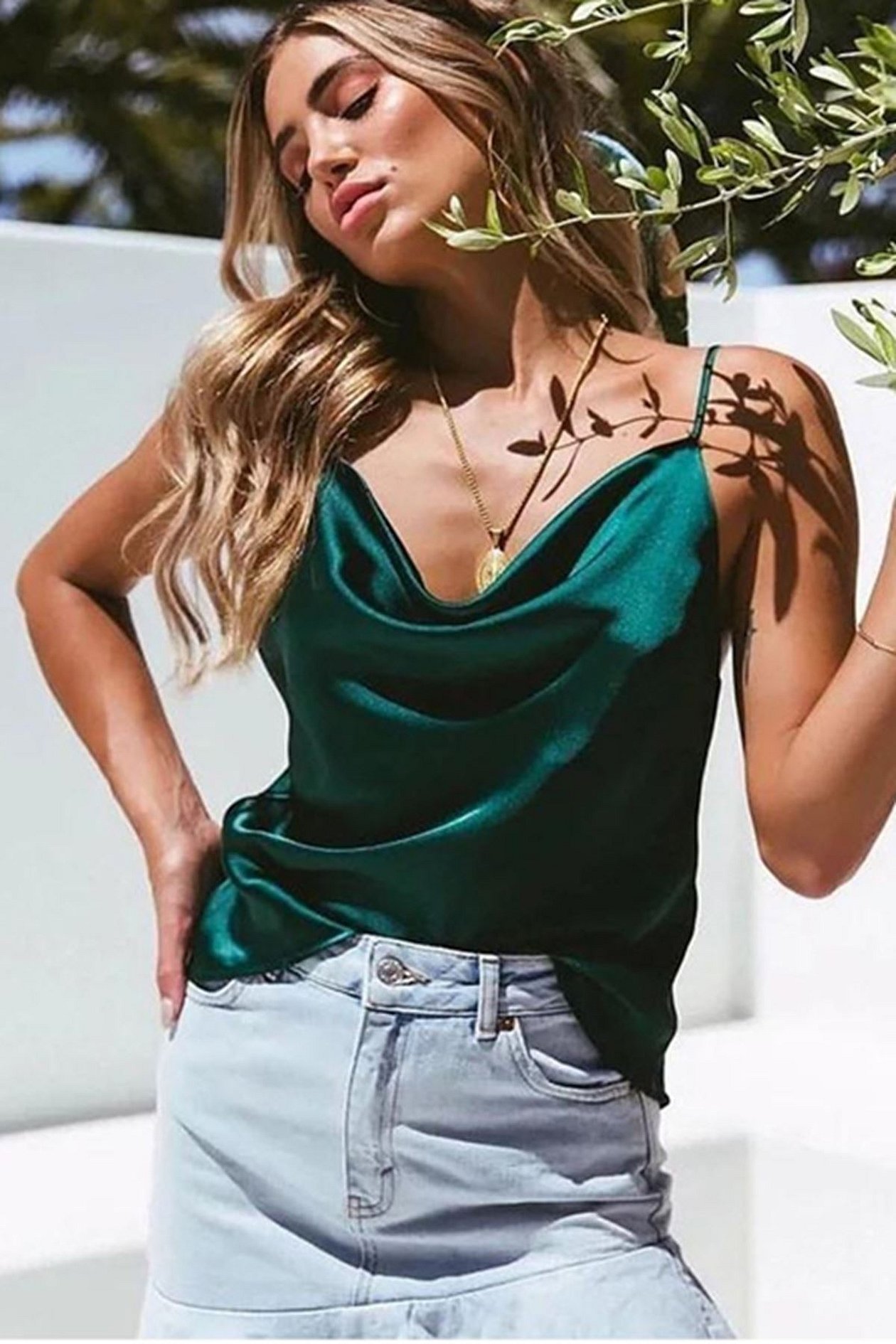
Satin is a shiny cotton fabric, one of the most exquisite and expensive materials. Bed linen made from this fabric is more like a real work of art. The designs and patterns are so fine that you can admire the intricate lines endlessly. Mako-satin is considered the most durable and long-lasting. Special varieties of cotton grown in India and Egypt are used for its production.
Organza and taffeta
Basically, artificial fibers themselves have natural iridescence, so they do not require additional processing during the production process, which cannot be said about natural materials. Often, such fabrics are used in the manufacture of textile accessories, but not in everyday clothing, unless we are talking about stage and evening dresses.
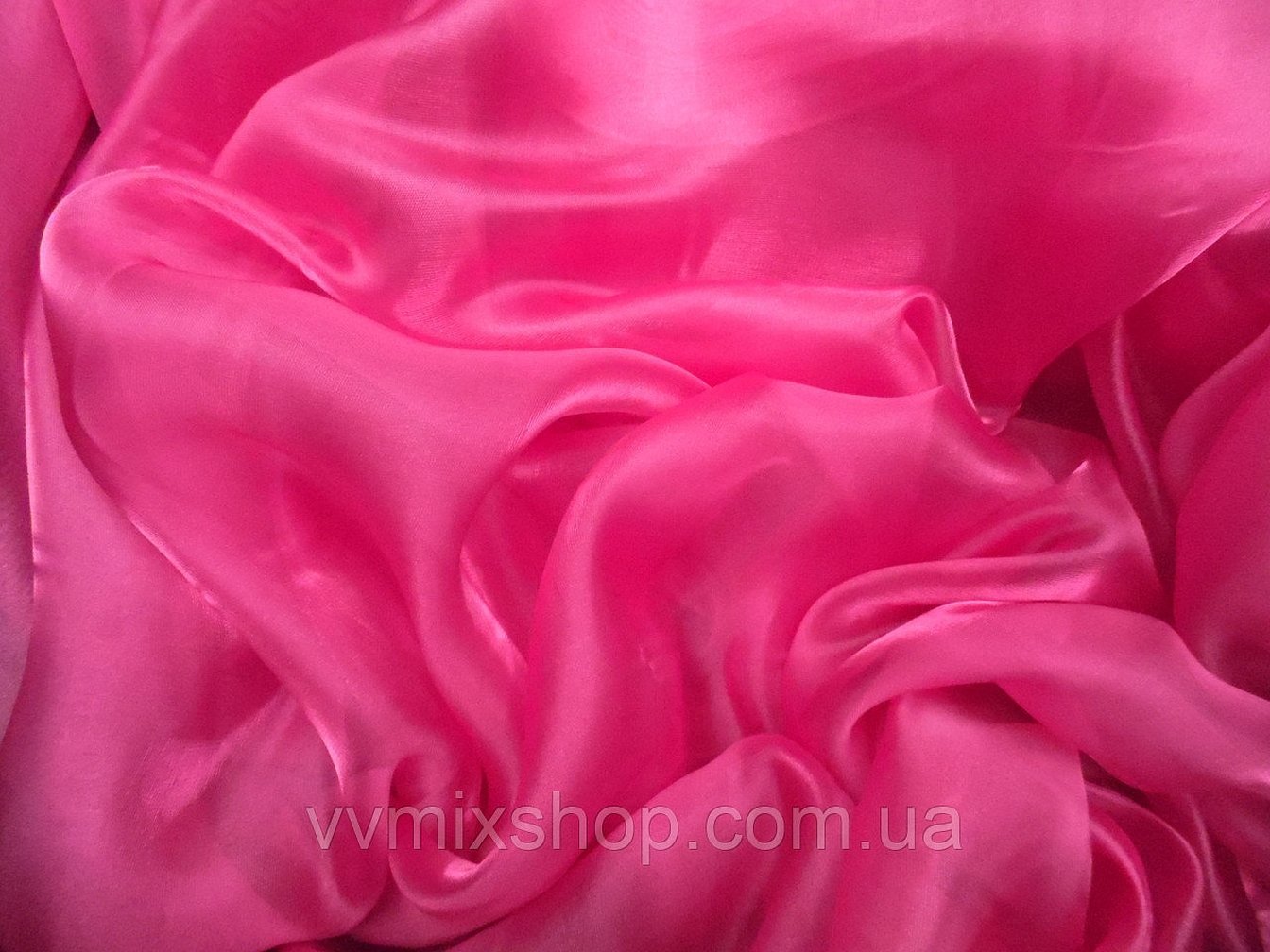
Organza curtains can add oriental notes to the interior. This fabric with sparkles is made of polyester. To give the material even more shimmer and shine, a certain amount of viscose and natural silk is added to it.
Therefore, manufacturers produce several types of organza:
- crinkle - creates the effect of various folds and creases, sometimes with a coating;
- Crash – has the texture of cracked glass.
Fans of iridescent fabrics most appreciate organza chanzan, which is also popularly called "chameleon". Thanks to the special weaving of multi-colored threads, the surface of the material acquires different colors at a certain angle.
Taffeta is a type of polyester fabric that features fibers that are tightly bound together using a plain weave. This production method adds more shine to the fabric.
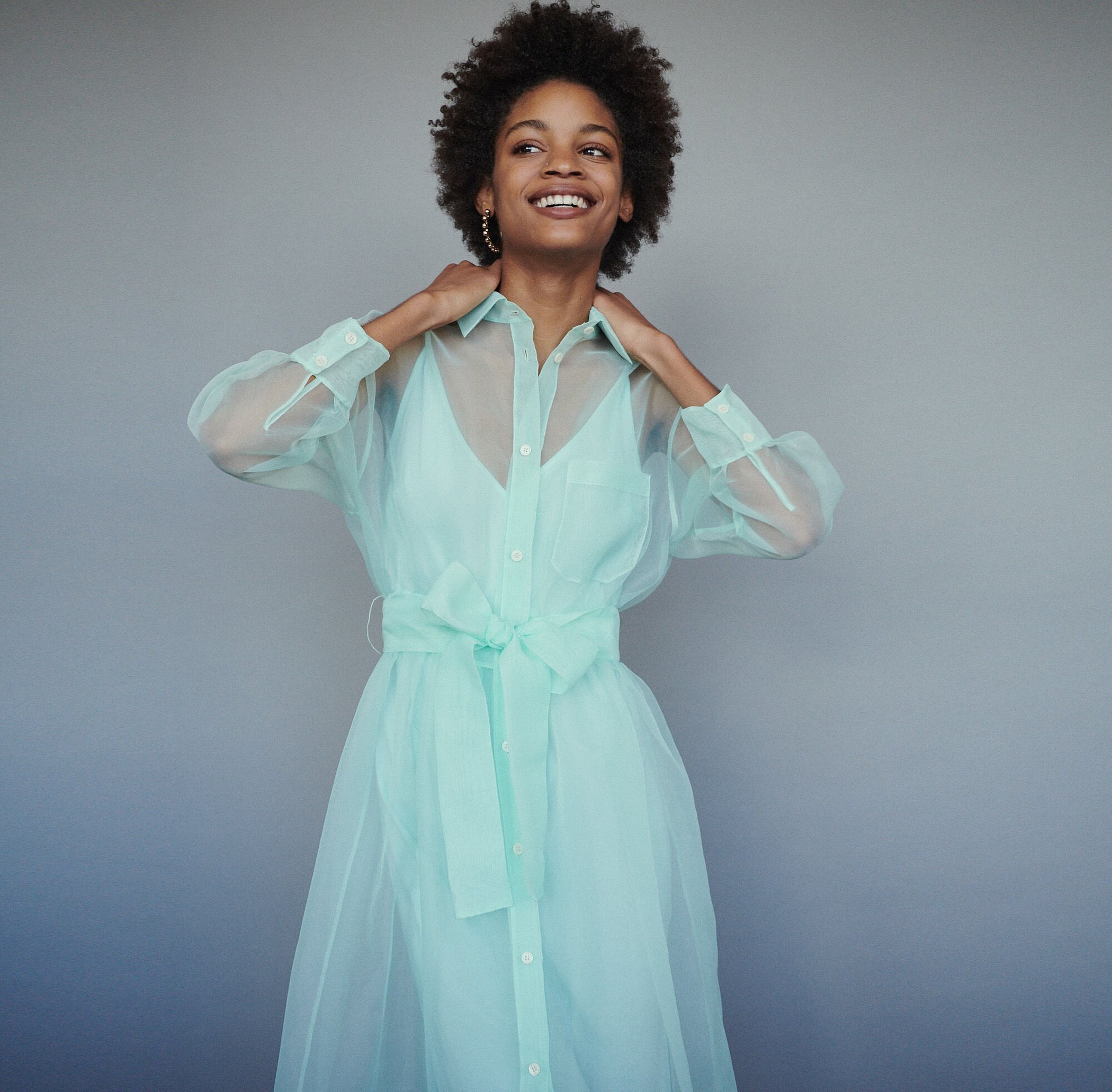
The scope of application of taffeta is quite wide. It is often used for sewing evening and wedding dresses, exquisite shawls, luxurious stoles, carnival costumes. Also from the material they sew curtains, tablecloths, napkins, decorative elements, sofa cushions. And upholstery on chairs and sofas from the canvas leaves no one indifferent.
Organza and taffeta are irreplaceable fabrics that can radically transform the interior, making it more colorful and cozy.
Fabrics with spraying
A thin layer of metallized spraying is applied to the canvases using special equipment under vacuum. Small particles of the product settle on the surface, thus reliably connecting with the threads. The base is 100% polyester.
There are fabrics with a single-color coating, original patterns, and designs. The intensity of the shine also varies: weaker, more saturated, softer. However, each fabric attracts and fascinates in its own way.
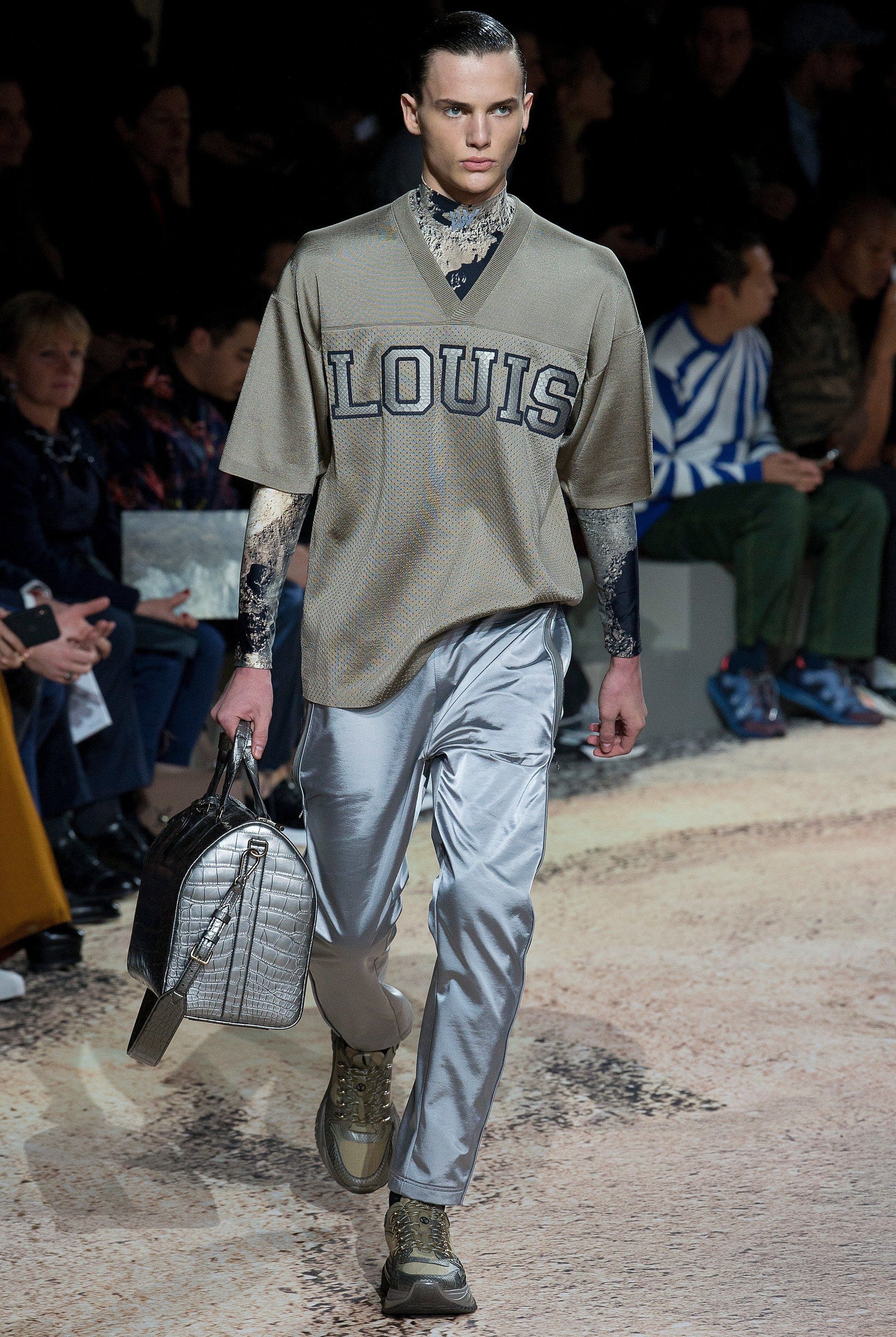
The materials are used not only for sewing luxurious outfits. They are in high demand for the production of spectacular roller blinds and curtains. The advantage is that the coating not only performs a decorative function, but also reflects bright sunlight, thereby lowering the temperature in the room.
Interesting! Designers love metallic finishes and use them in all their outfits, especially in futuristic styles.
If you want to diversify the interior, but do not know which metallized curtains to choose, pay attention to products with pearl coating. They will match any decor. The fabric does not accumulate static electricity, dust and dirt. These advantages are achieved through the use of special solutions and impregnations.
Fabrics with lurex
Translated from English, the word "lurex" means temptation, seduction. The fabric is used to make underwear, stockings, tights, evening dresses, skirts, blouses. The material gives the products a special appeal and seductiveness.
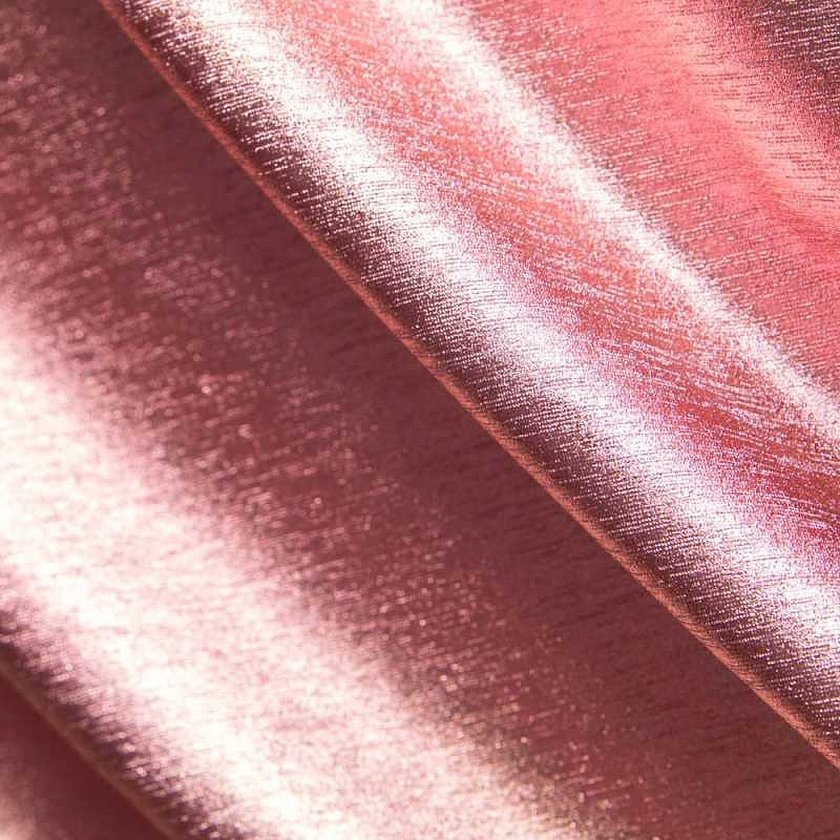
By the way, lurex is a very thin metallized thread, which is obtained by "mining" from nickel, aluminum or copper foil. Production is concentrated in Japan and China, Italy, the USA. The threads can be combined with any fibers: wool, cotton, synthetic, silk. Knitted clothing, the yarn of which is combined with metallized threads, looks spectacular. There are expensive fabrics that are diluted with lurex threads.
- Brocade is the most luxurious and rich material. Previously, gold and silver threads were added to it. However, now, for the sake of economy, thin polyester foil is used, which is given different shades. Brocade is used for sewing theatrical and concert dresses, large curtains and drapery. Brides who prefer chic and gloss often order wedding dresses from this material.
- Lamé. This shining fabric, translated from French, means "metal plate". In its characteristics, lamé is similar to brocade, but the fabric is much thinner and lighter. The front side is shimmering with matte patterns, and the back side, accordingly, is devoid of such glare. Such an unusual texture is a real springboard for the creativity of fashion designers. Using this material, famous couturiers create masterpieces, thereby making a contribution to the industry. Lamé is used not only for making outfits, but also textiles. However, there is a significant drawback: the fragile fabric can be damaged even under the slightest load.

Jacquard and tapestry fabrics are often decorated with lurex. Bedspreads and curtains, upholstery and drapes look exclusive, give the interior a refined and aristocratic spirit.
Fabrics with sequins
Despite the fact that products with sequins look original and unusual, the materials are quite picky not only when sewing, but also when wearing. Cotton fabric is mainly used as a lining. It should be weightless so as not to overload the outfit. Chiffon or synthetic mesh are ideal for these purposes.
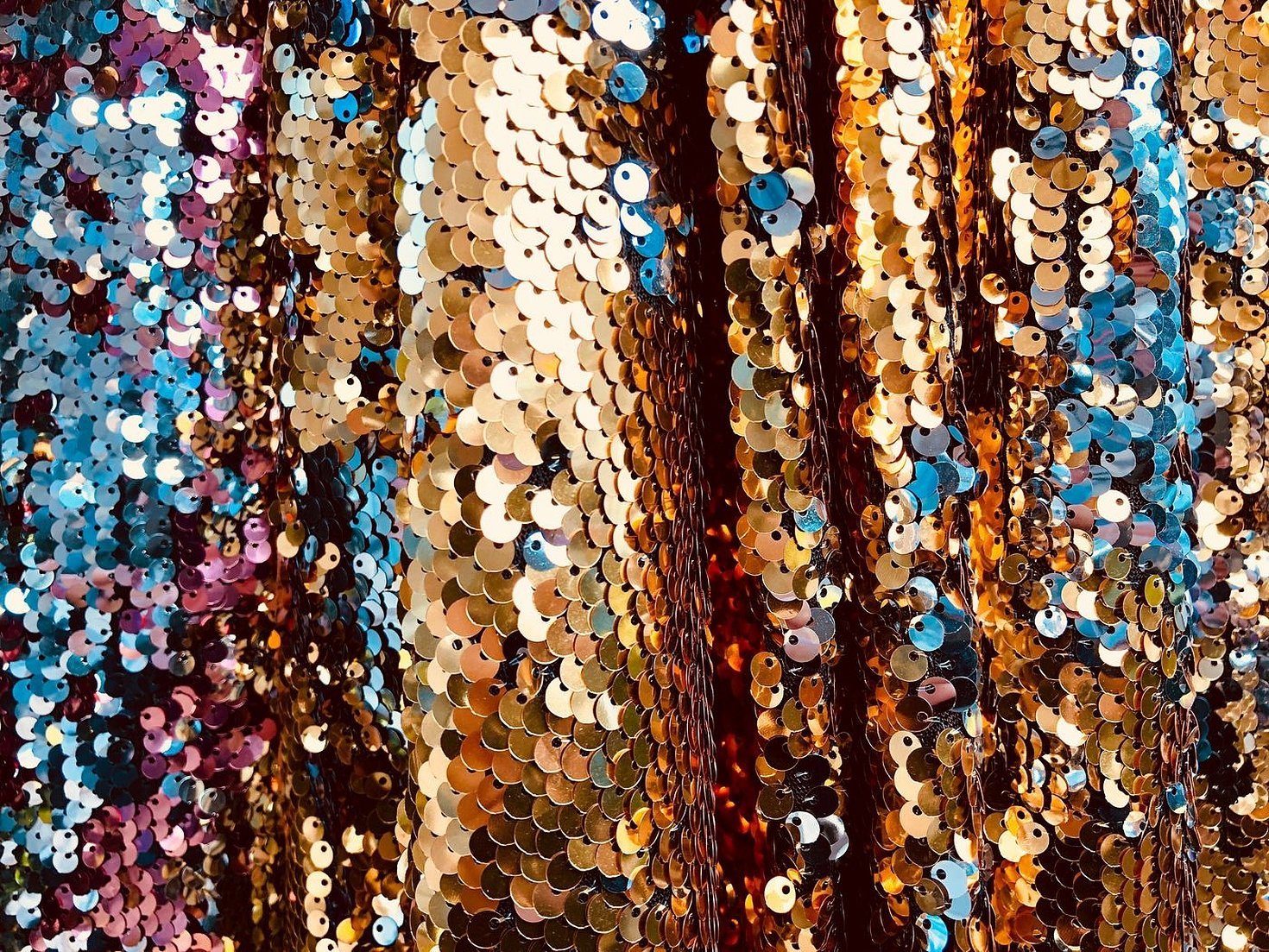
To make sequins, plasticine or metal is used. They are also attached in different ways: sewn or glued to the fabric. Dresses with sequins are not too expensive, require careful handling and careful wearing.
Items sewn onto fabric are also quite capricious. When sewing expensive clothes, sequins are attached with a thick thread, so you don’t have to worry about the decoration getting lost at the most inopportune moment. With budget outfits, things are different, and with the slightest wrong move, you can lose a good part of the sparkles.
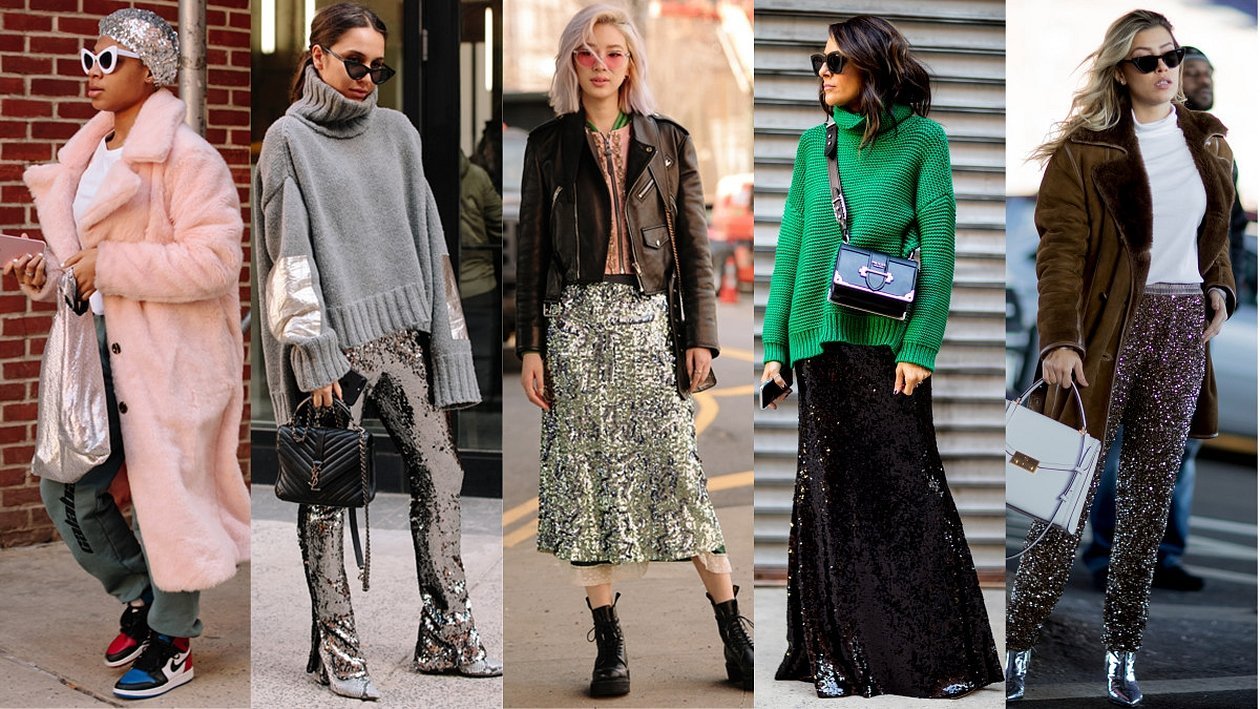
When buying outfits, make sure they come with a cover, otherwise the sequins will irritate and scratch your skin. It is recommended to wash the items by hand, without wringing. Ironing is not required.
How to Wear Shiny Fabrics Properly
Despite the fact that shiny clothes look attractive, finding a good style is not always easy. A wardrobe item can not only add extra pounds, but also make the image vulgar, repulsive. To avoid embarrassment, you need to follow some recommendations for choosing outfits.
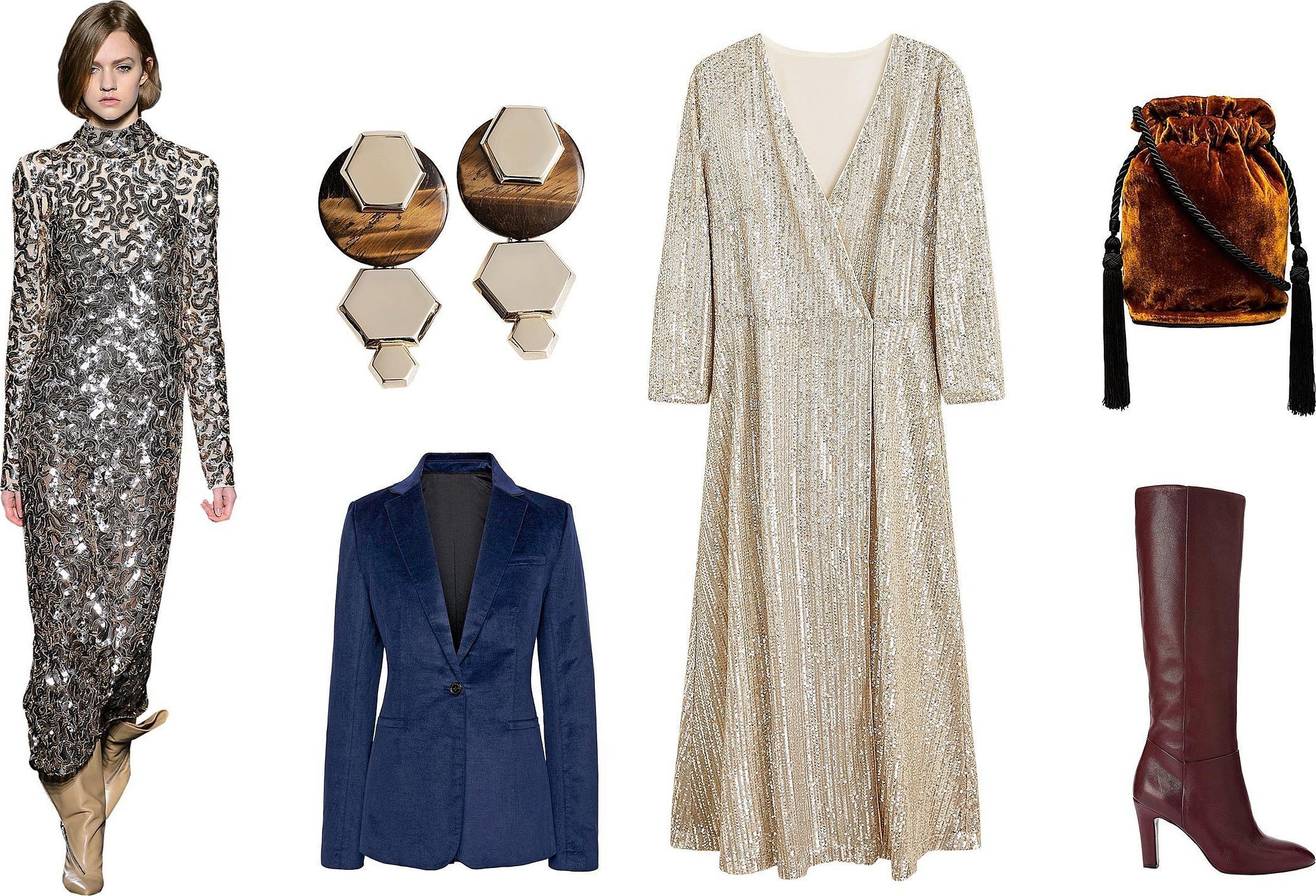
- Materials with a shimmering shine will make you look bigger, so it is better to use them to emphasize your ideal shapes. If you have curvy hips, you should not wear shiny pants or a skirt. In this case, a jacket or scarf with a spray will look more appropriate. This will help distract attention from the problem area.
- If you want to show off your slender long legs, then feel free to wear shiny trousers or a skirt. Shimmering materials tend to highlight not only the flaws, but also the advantages of the figure.
- Ladies with enviable, luscious curves should still avoid shiny outfits. They can be replaced with bright accessories or rhinestones, sequins, etc.
- The shiny fabric for the dress is bright and beautiful in itself, so the cut of the clothes should be as simple as possible.
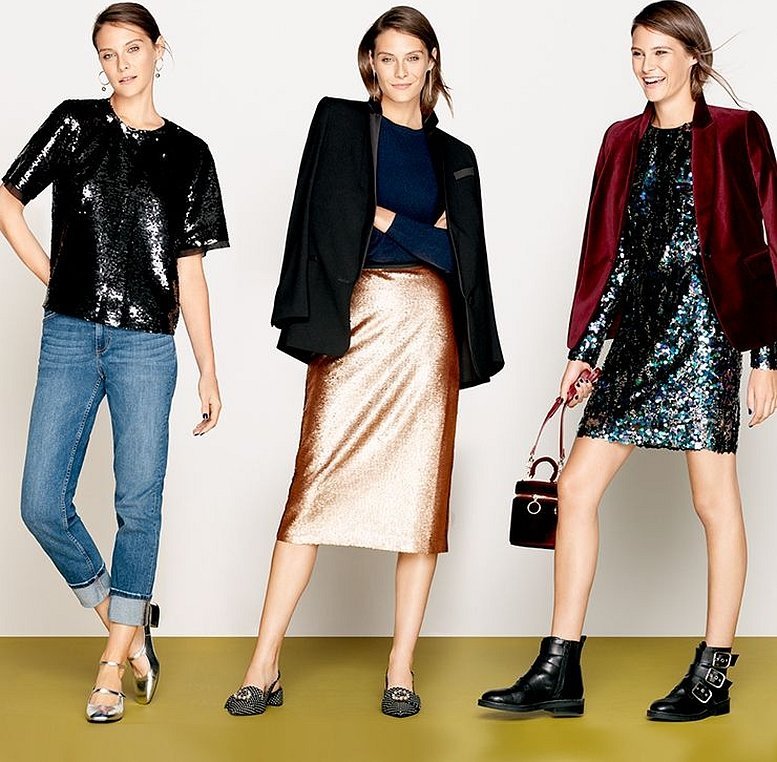
Materials with glitter are quite capricious, but with the right placement of accents you can create a stunning image.
What can it be combined with?
When you put on a piece of clothing with shine, you need to make every effort to make it go well with other things. If you have already selected a bright component, now you need to understand what it will go best with.
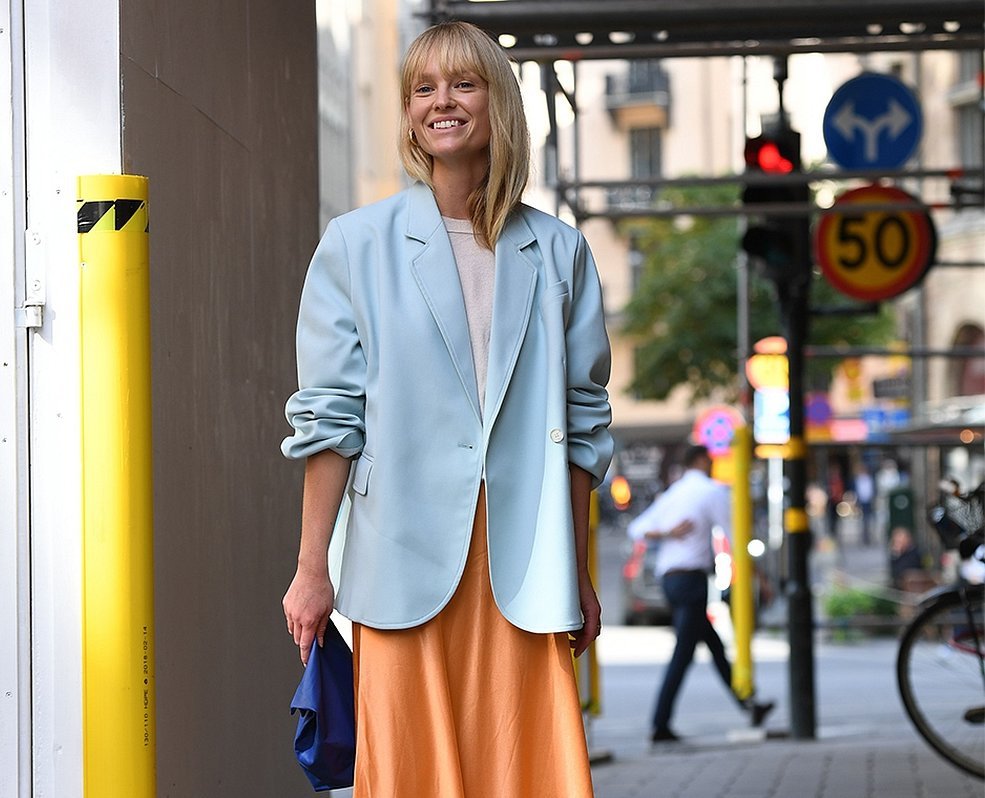
- For a casual look, you can choose brocade trousers and a plain blouse or sweater. Such an outfit will not only allow you to appear in all your glory in the office, but will also be appropriate for a romantic dinner.
- A shiny skirt or trousers with a matte shirt makes the look spectacular and stylish. A shiny top with classic formal trousers or a midi skirt also looks good.
- Shiny outfits are luxurious in themselves, so they will not tolerate competition with bright items with complex prints and patterns. Combine black trousers with a shiny top, and a sequin dress will complement a matte jacket well. One colorful item is enough for a complete sophisticated look. A lurex jacket will look stylish with a plain pencil skirt, light blouse or jeans.
- If you have a passion for shimmery clothes, but doubt that you will look good in them, you can compensate for this "shortcoming" with the help of accessories. For example, classic metallic pumps or a neat clutch with sequins.
Shiny fabrics are quite versatile, because they are used not only for sewing clothes, but also textiles. Shimmering decor will add charm to the interior, and the correct use of shining textures will only confirm the presence of aesthetic taste.

